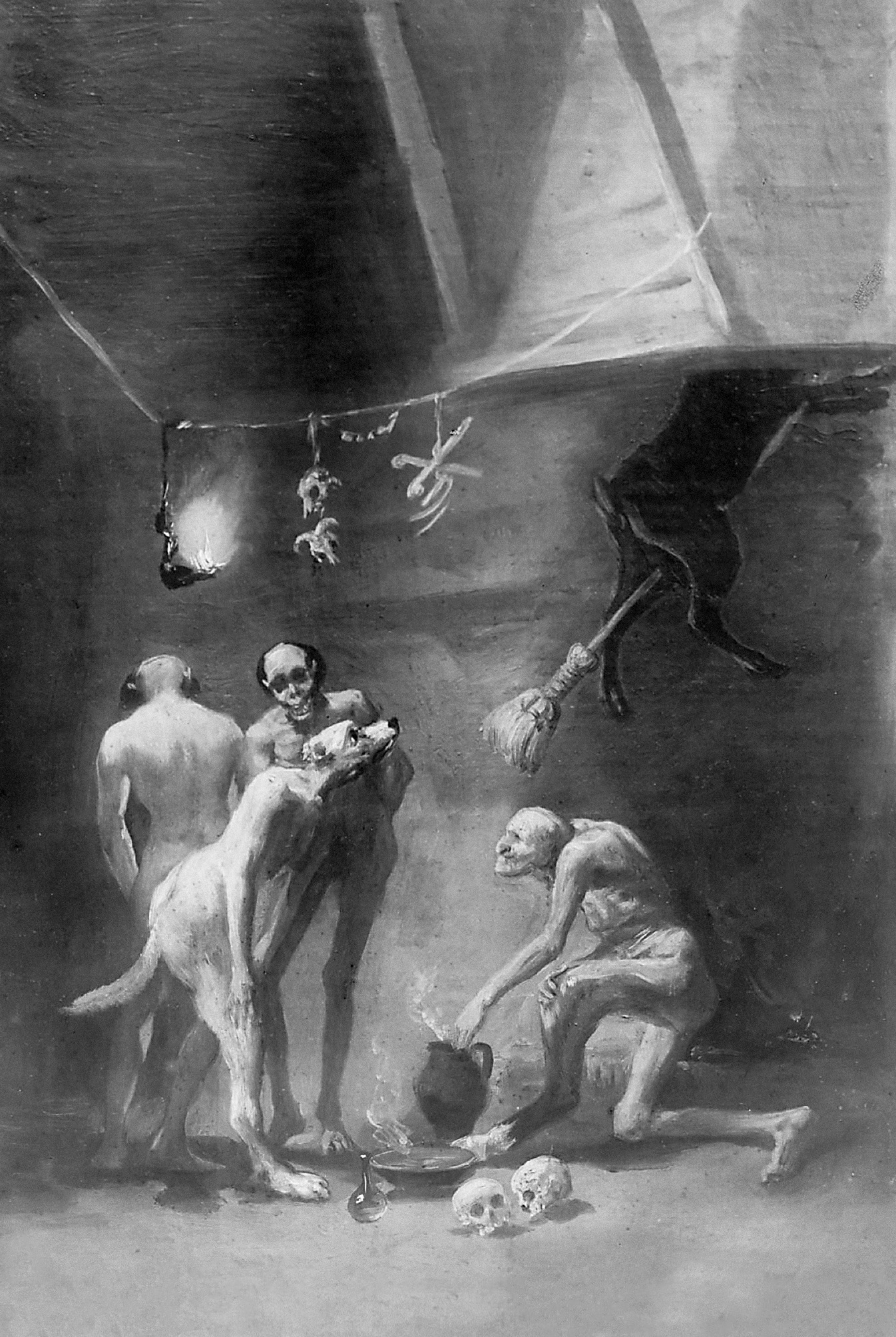
Charms, spells, black magic. From the 15th century onwards, the Inquisition was engaged in tracking down collusions with the devil, yet above all with the elimination of evil. The last execution in Poland took place in 1775.
In accordance with the popular system of periodization and description of history, after several centuries of the gloomy Middle Ages, the advent of the Italian Renaissance introduced a new age in Western history, expressed by rationalism, secular culture, scientific discoveries, etc. Yet this view is actually rather false, and applicable to a certain degree to the intellectual elites only. This is because on a social scale and on many more levels, this gave way to much darker and gloomier centuries, fanatical times teeming with violence and burning stakes. From this point of view, the role of ‘reason’ was not any more significant than in other epochs; rather, the rapid development of Christian demonology was of greater meaning from the 15th to the 18th century.
The Middle Ages were not particularly hostile towards ‘devilish witchcraft’. On the contrary, the tendency was to be more indulgent of ‘pagan’ beliefs. This approach is well illustrated in the words of Pope Leo VII in his letter to a German archbishop, where he writes that if there is a suspicion that somebody has signed a pact with the devil, that person should be left alive in order to ‘do penance’. Gregory VII, on the other hand, criticized the persecution of women on the pretext of having allegedly brought on storms or the plague.
Diagnosing the source of evil
The appearance of the Waldensian and Albigensian movements in the 12th century exacerbated the problem of heresy. In accordance with the content of Papal bulls from the years 1232 and 1233, these sects created secret associations that engaged in appalling activities, such as kissing the behind of a toad or black cat or worshipping a thin, ‘ice-cold’ man (in other words, the devil). This built the base for how people imagined a sabbath to be.
The conflict with sects (or rather, their persecution) led to the creation of the Inquisition and the ideological framework that enabled the scrupulous prosecution of any deviations from the dogmas and religious practices approved by the Church. Several intrigues in the circles of major European courts, where the use of witchcraft for political means was suspected, led to the publication of the Super illius specula Papal bull in 1326, which explicitly





